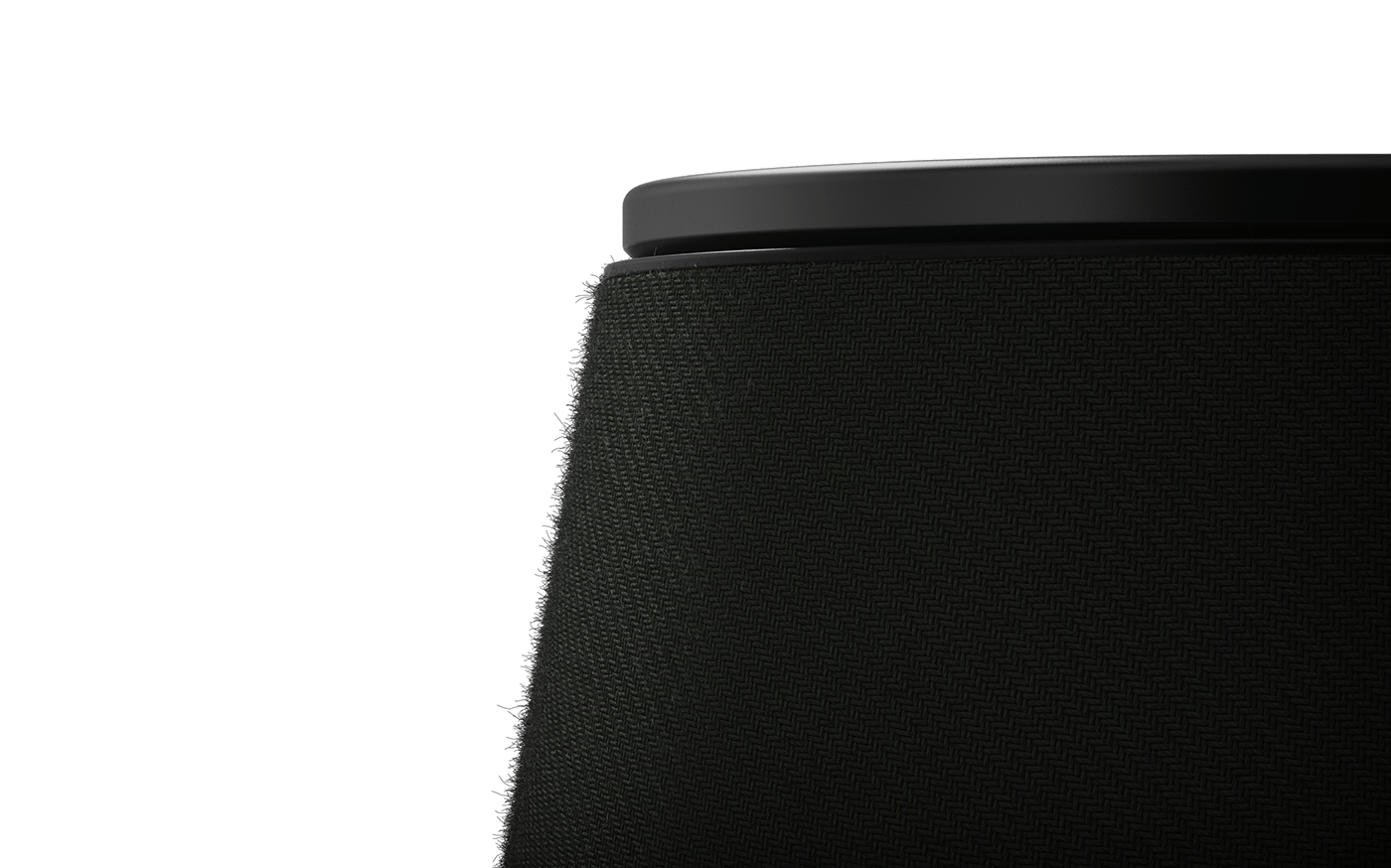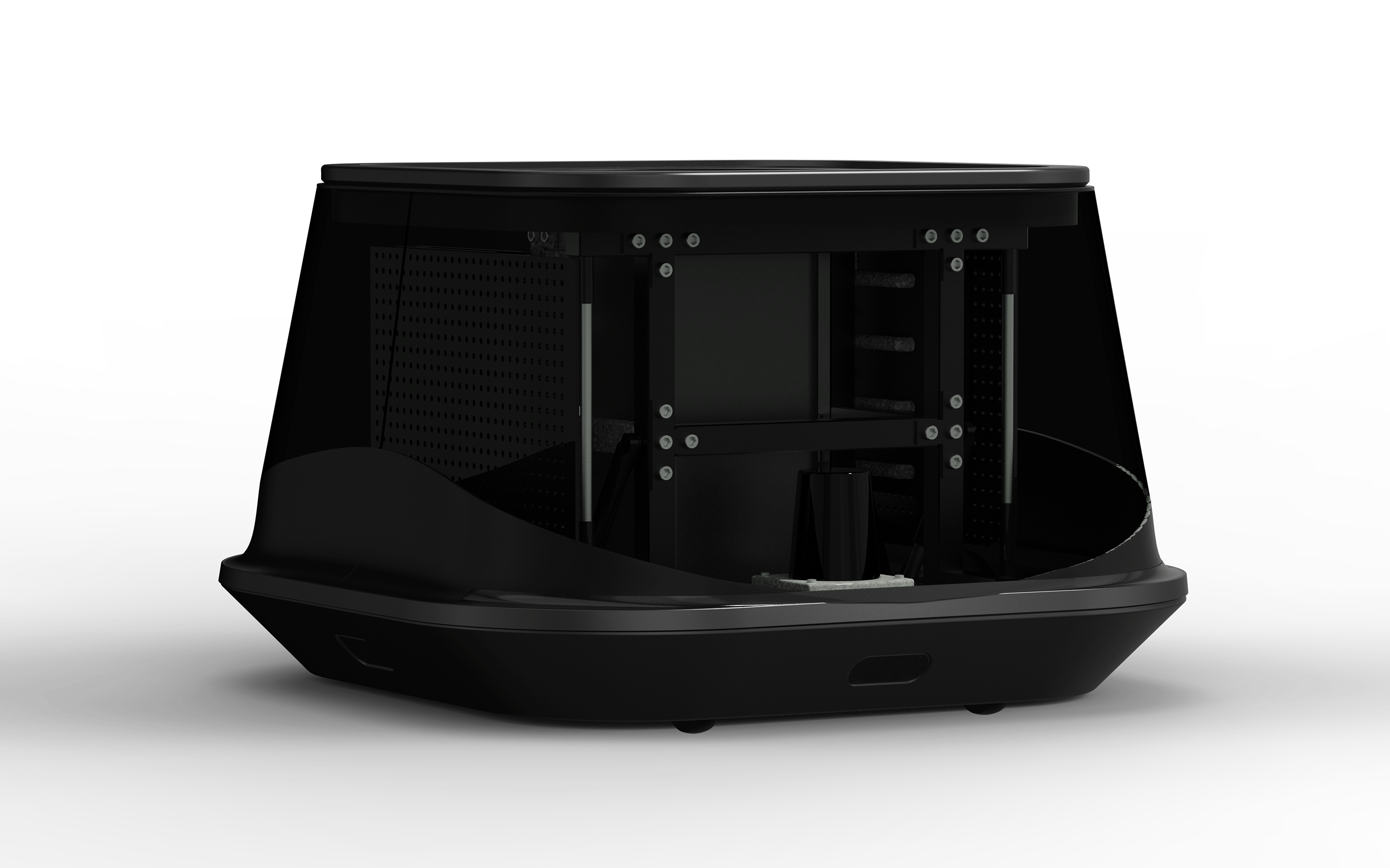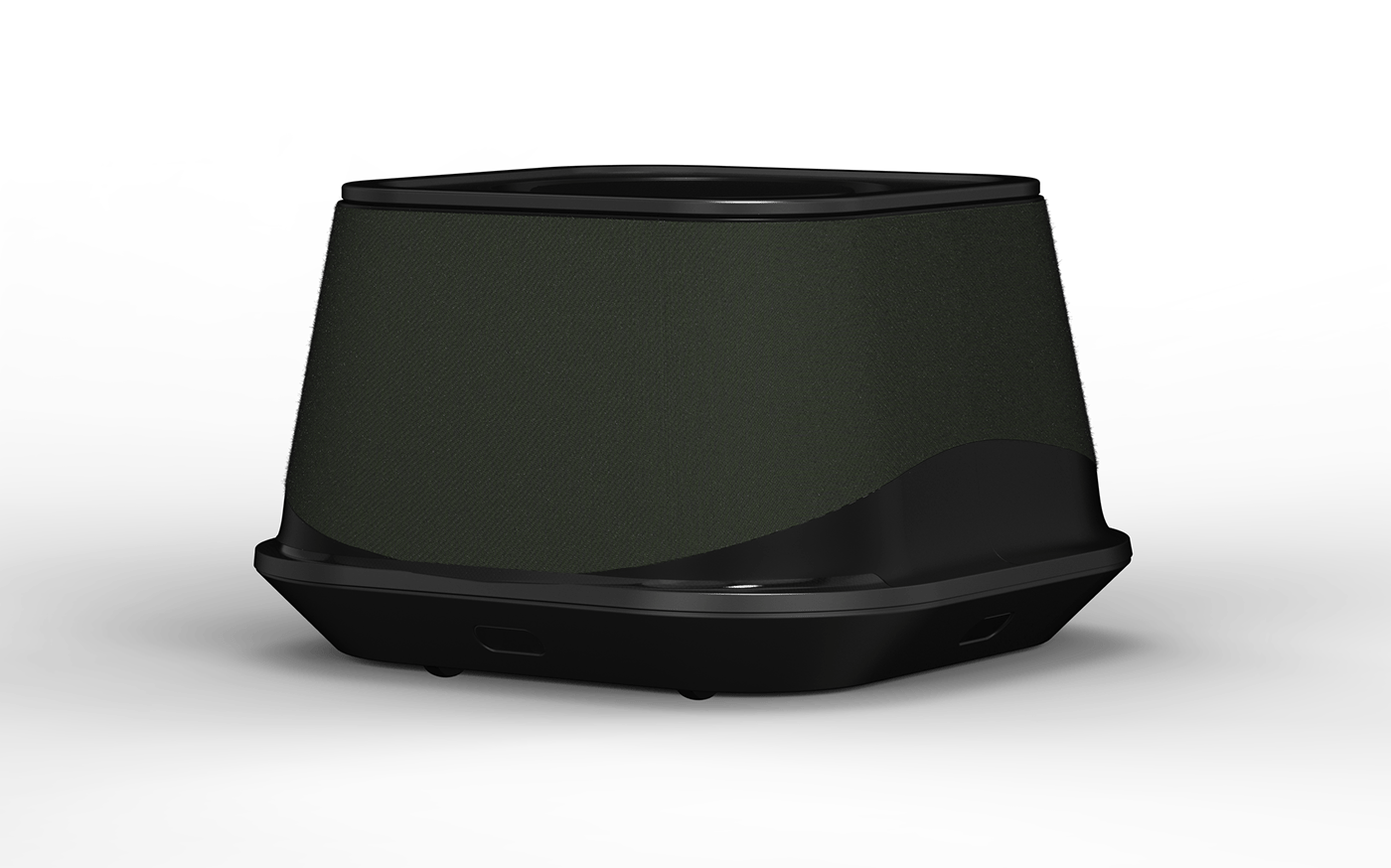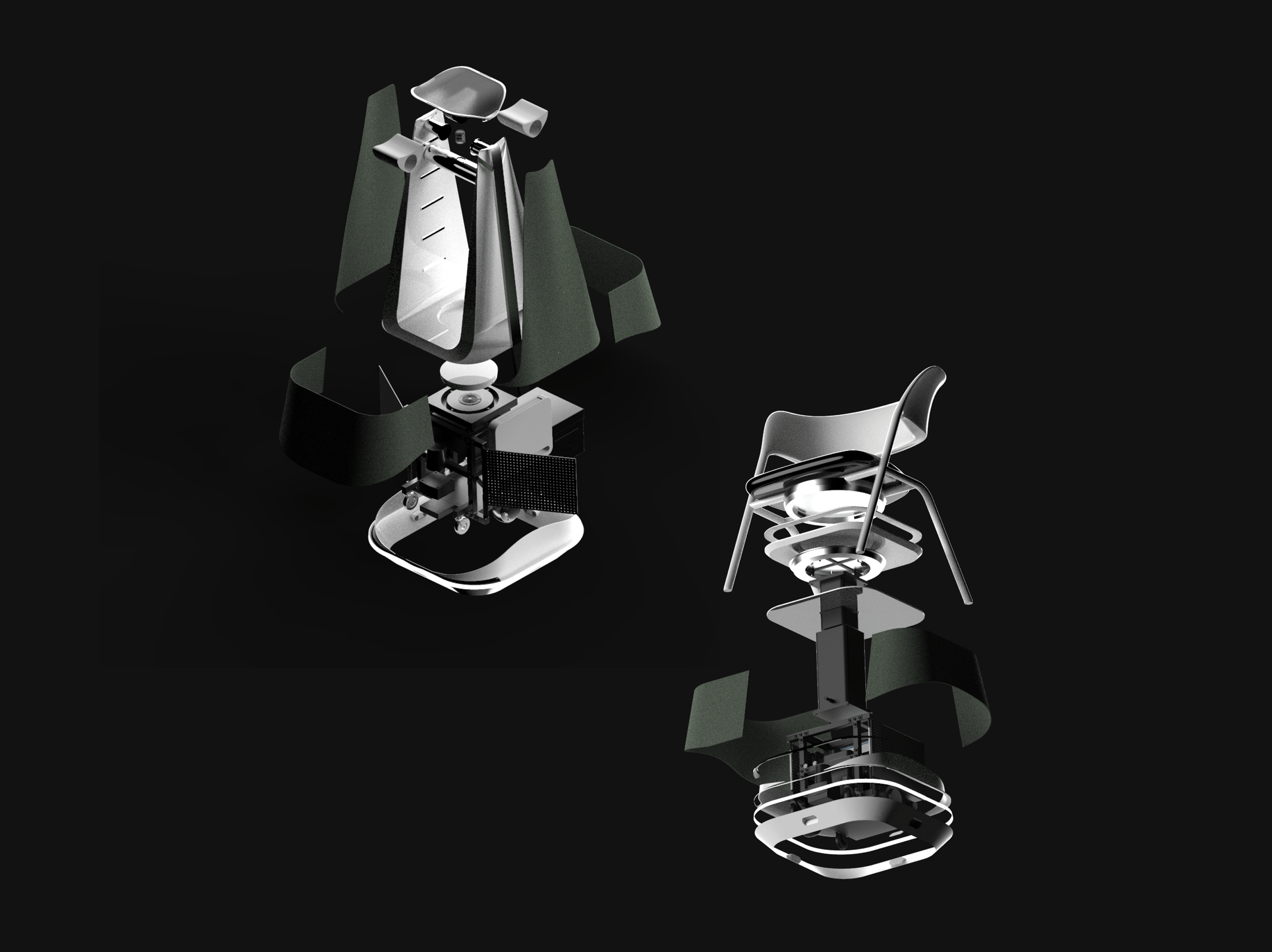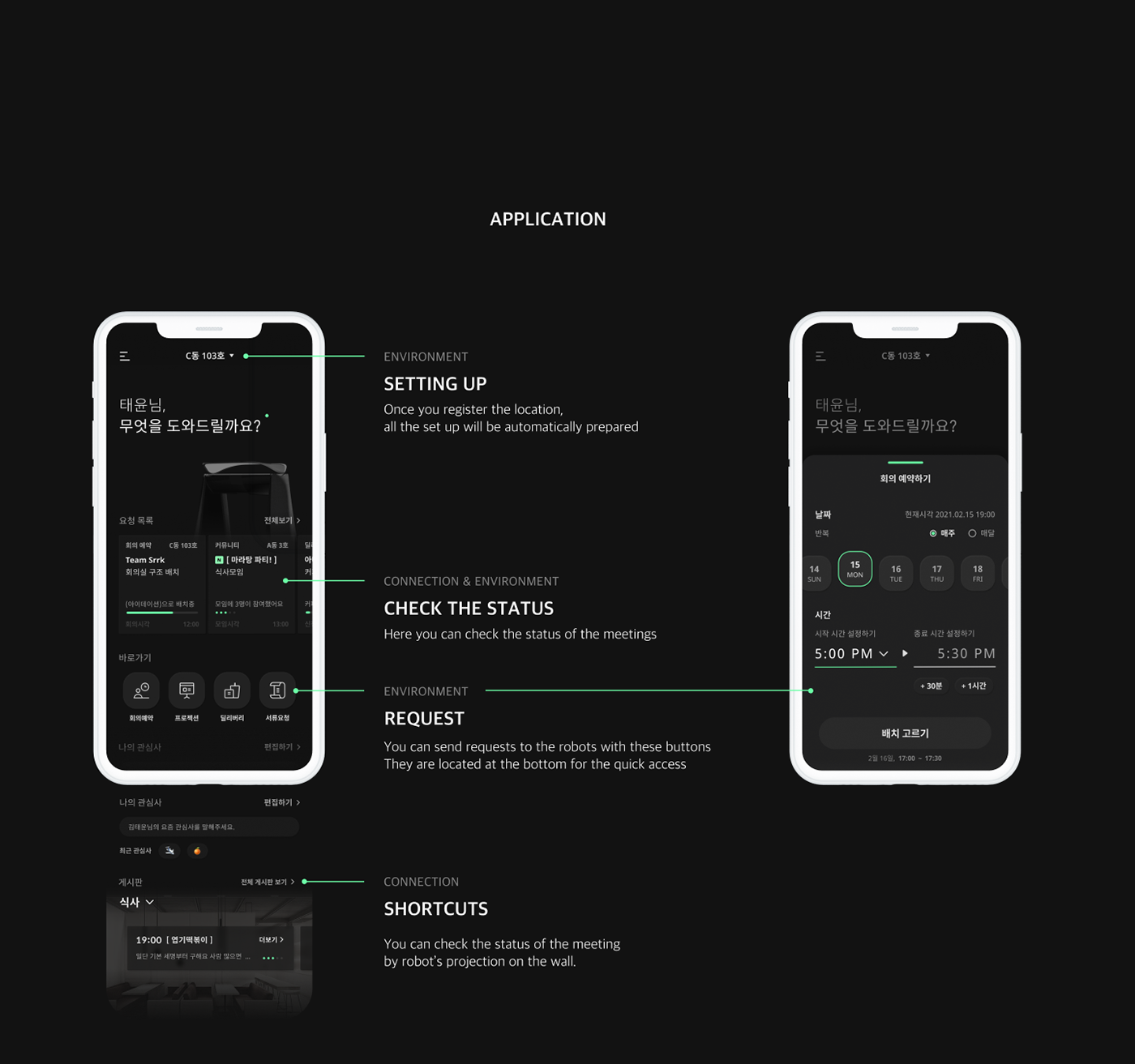SRRK
Commissioned project for Hyundai Robotics, 2021
Industrial design, Interaction design, UX research
Collaborated with
Eunsang Lee, Sohee Kim, Taeyun Kim

Contrary to the expectation that the co-working market would suffer an economic downturn, it has been growing daily. This growth comes as many cafes, previously favored working spaces for startups and freelancers like Starbucks, have shut down.
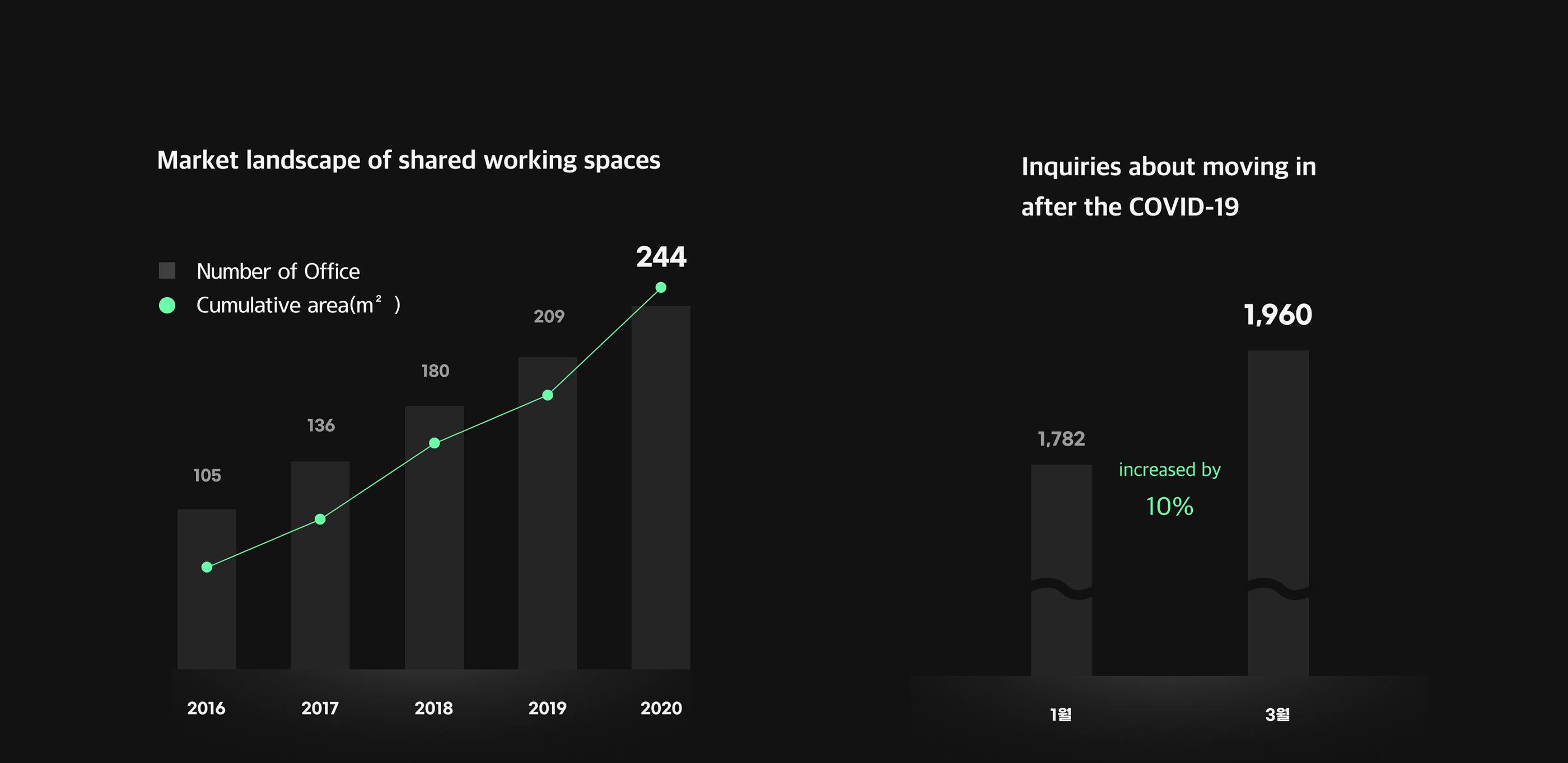
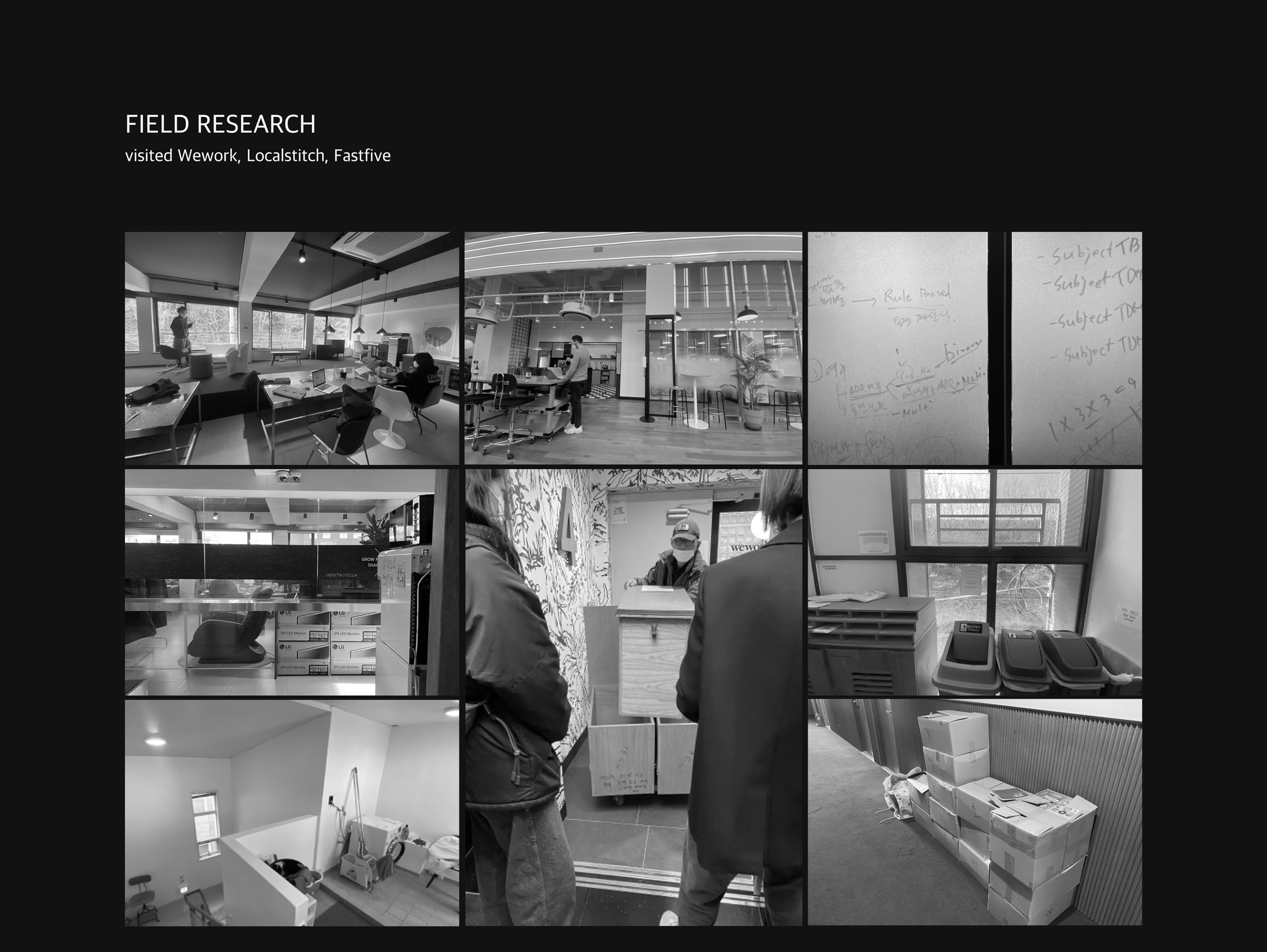 Field research revealed several issues with current shared office spaces: insufficient space, the cumbersome movement of large loads, and a lack of communication among users in the lounge area. Additionally, there were complaints about the limited collaboration facilities and cramped spaces.
Field research revealed several issues with current shared office spaces: insufficient space, the cumbersome movement of large loads, and a lack of communication among users in the lounge area. Additionally, there were complaints about the limited collaboration facilities and cramped spaces. Through the analysis and organization of the collected data, we were able to identify key concepts for our design.
Through the analysis and organization of the collected data, we were able to identify key concepts for our design. 

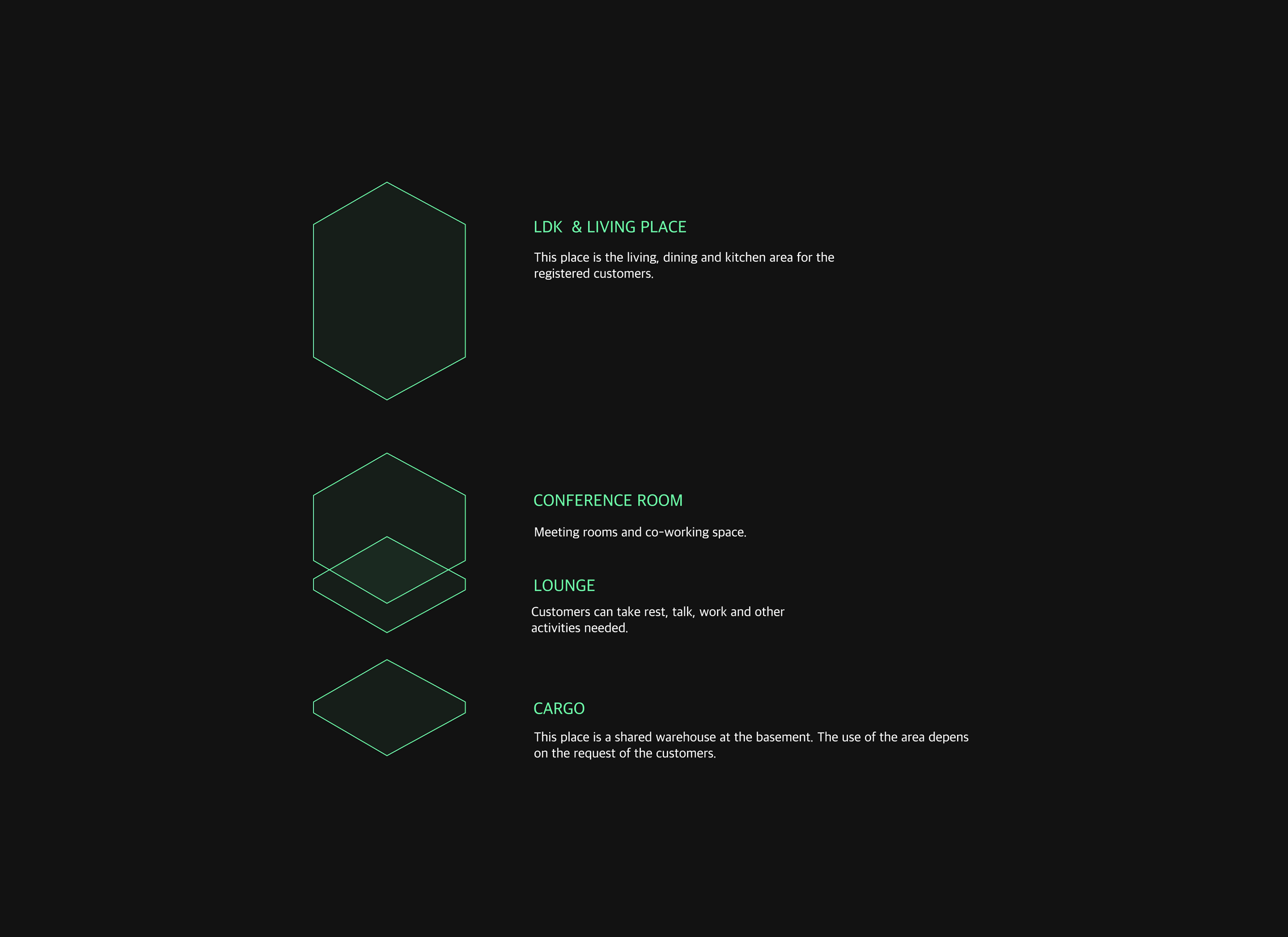

To address these issues, we created a low-fidelity prototype to verify our initial ideas. This process ultimately led us to our final solutions.

Mobility Platform Specification
The SRRK is designed to feature a moving chair or desk for versatile placement settings. To achieve this, we first considered the physical structure of the mobility platform, then re-drafted the UNI-050H’s mobility platform, relocating parts to make it smaller and more mobile. The mobility platform was designed based on a reliable logic, taking into account the specifications of commercial lifting columns, as it needed to include a lifting mechanism for chairs and desks. We constructed 1:1 scale model prototypes to test the structural feasibility. Additionally, the design includes a hinge-pegboard structure for easy repairs.
2D/3D sketches
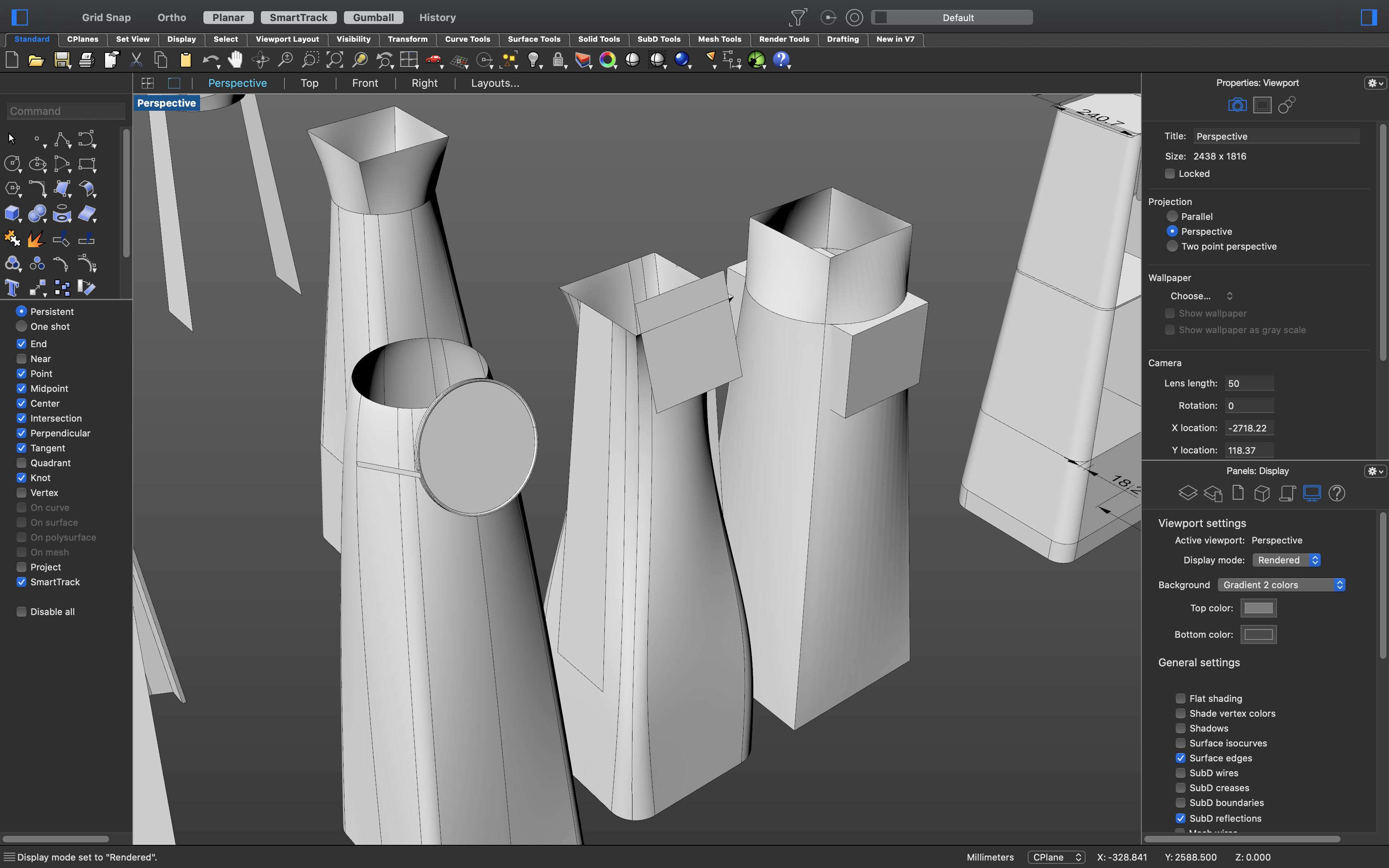
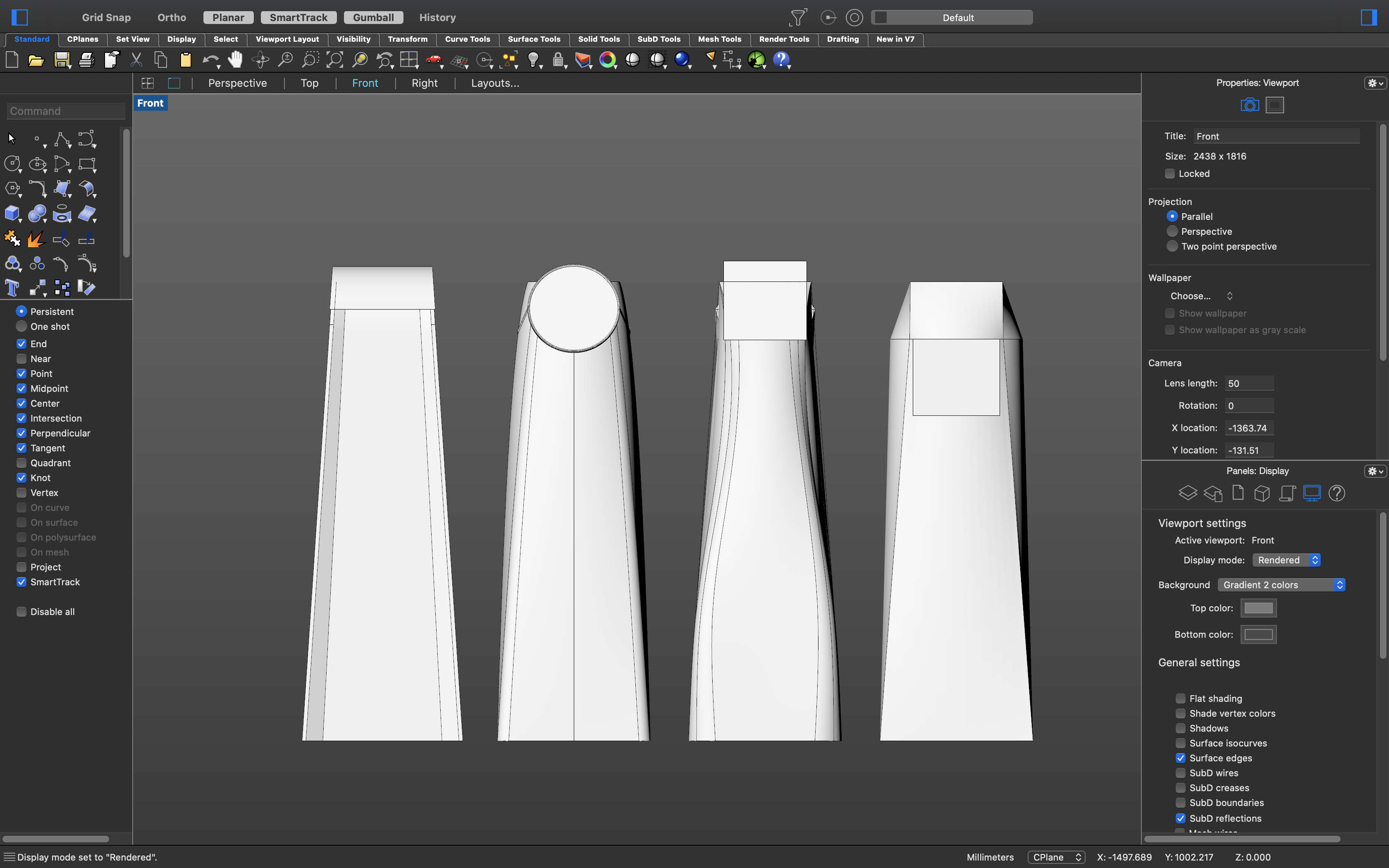
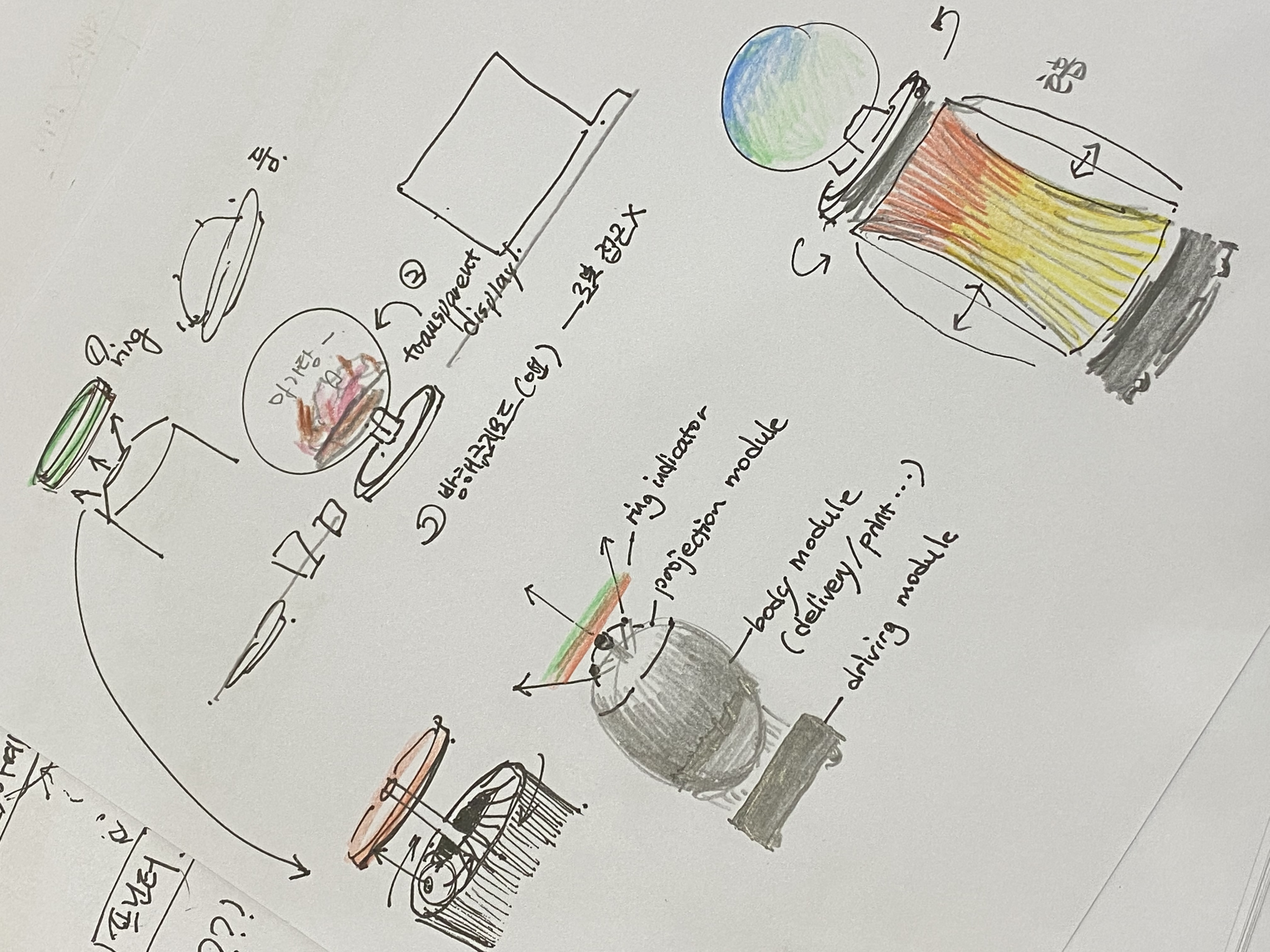
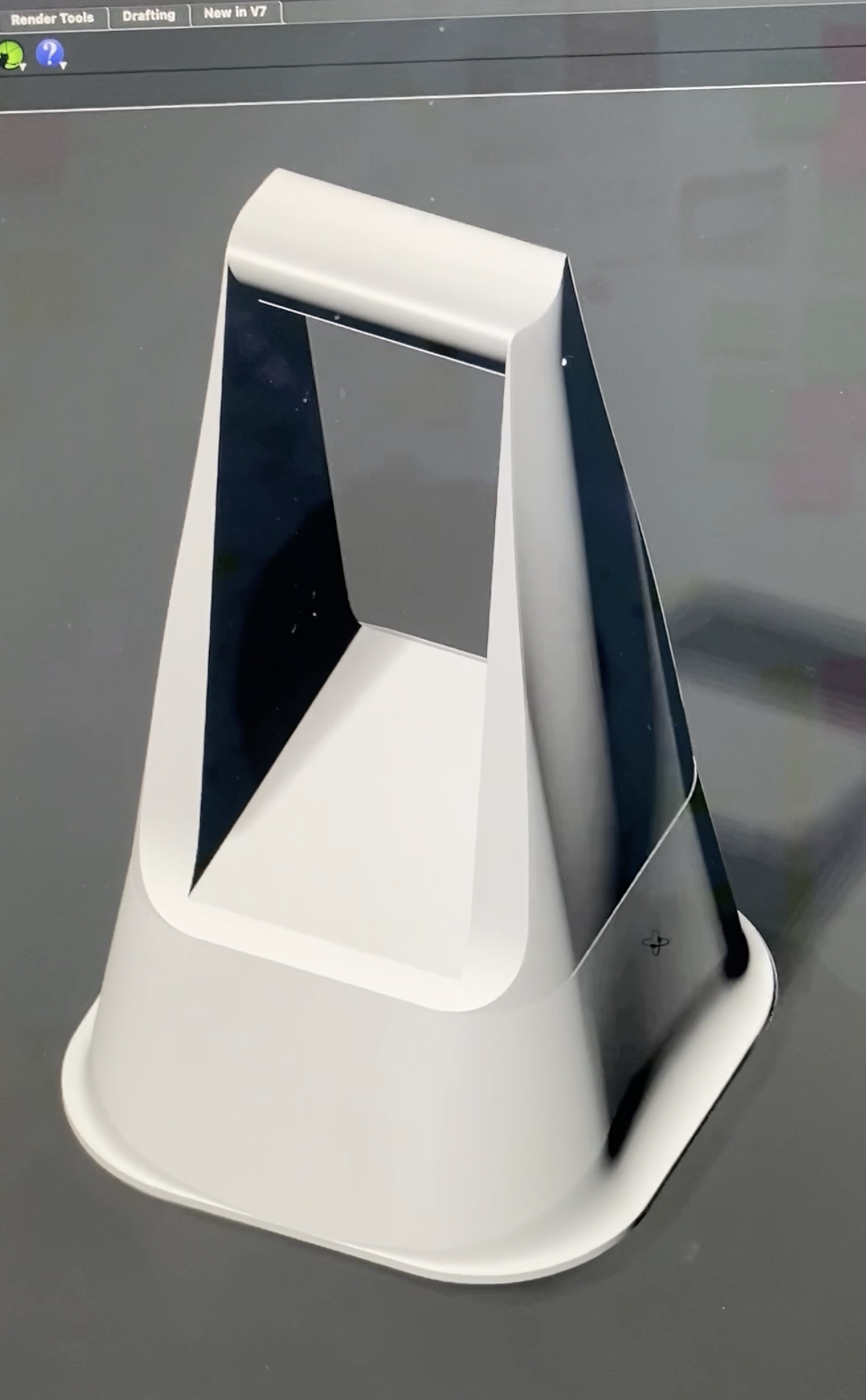


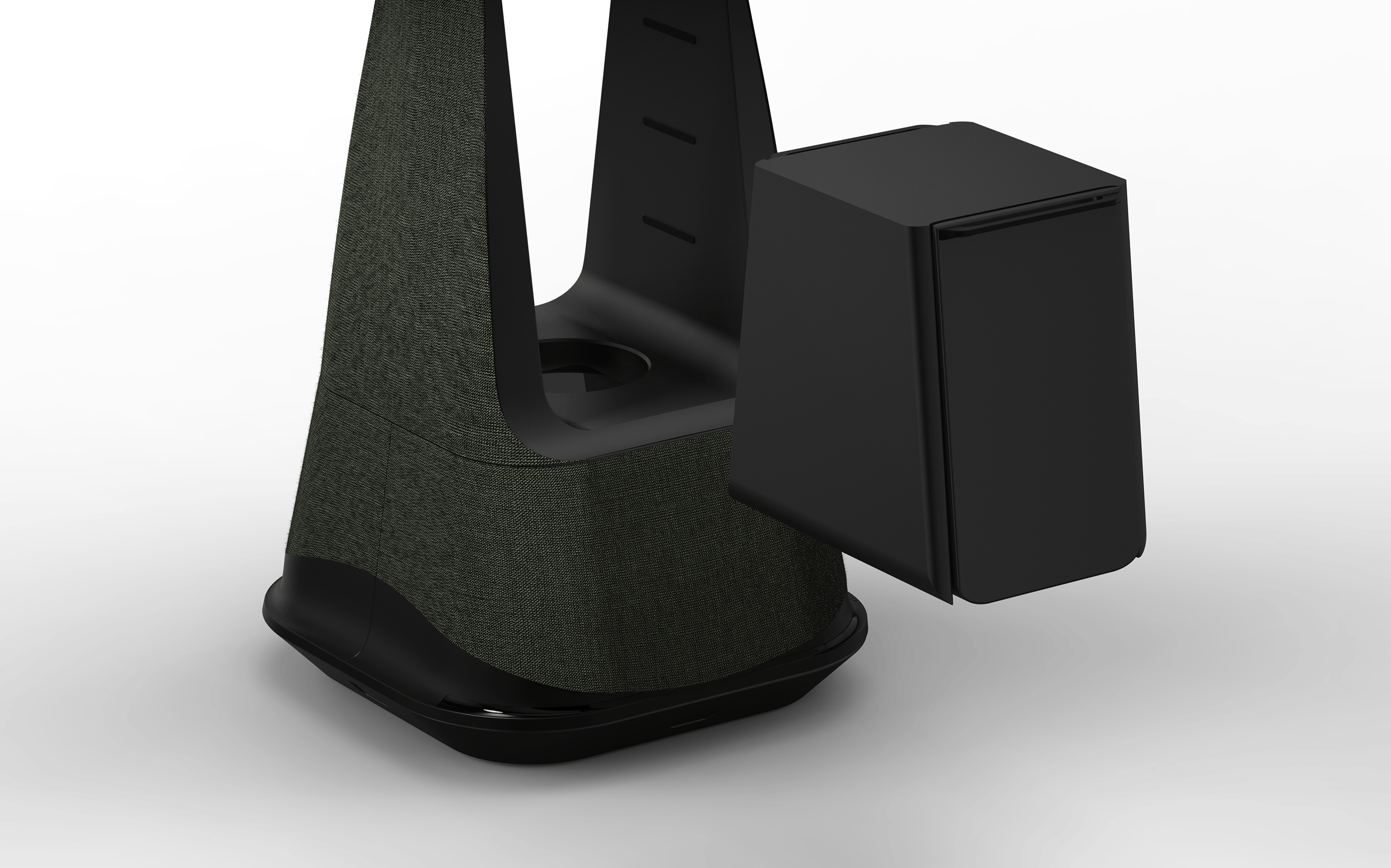
 Modular Function and Bidirectional Trays
Modular Function and Bidirectional TraysThe body module can be equipped with a variety of functional modules to serve specific purposes as needed. Furthermore, each function is designed to be accessible from both the front and the back, accommodating potential bidirectionality.
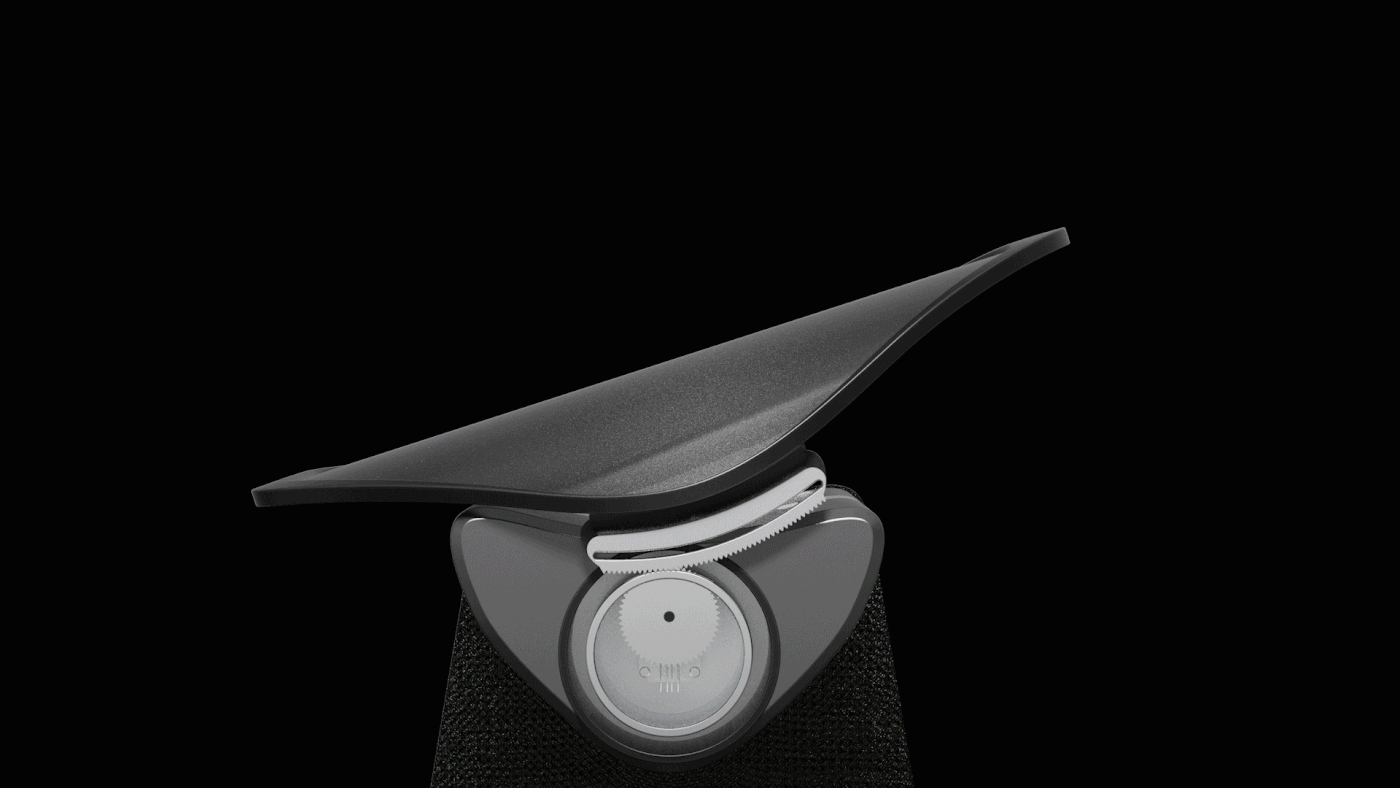
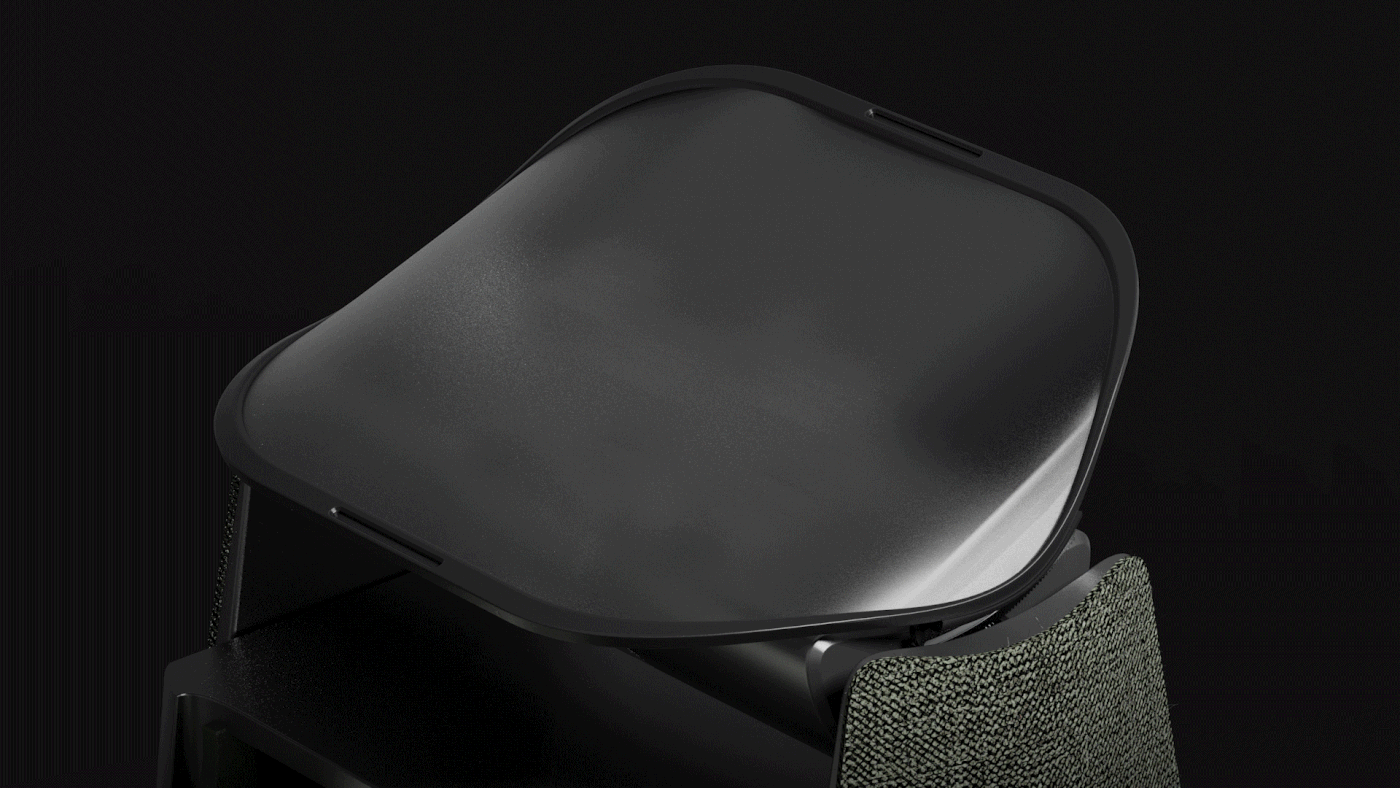
Angle-Angle-Adjustable Projection System
A unique hinge system allows for projection onto walls, floors, or sometimes onto top windows that act as panels. This flexibility enables the panels to move freely as required.
The upper window panel can also serve as a signage, provide various feedback on interactions, offer information, and function as a touchscreen when necessary.

Interaction Interaction Feedback with Ambient Lighting
An ambient lighting feature, located under the fabric material at the side of the body, provides users with appropriate feedback based on their actions.


